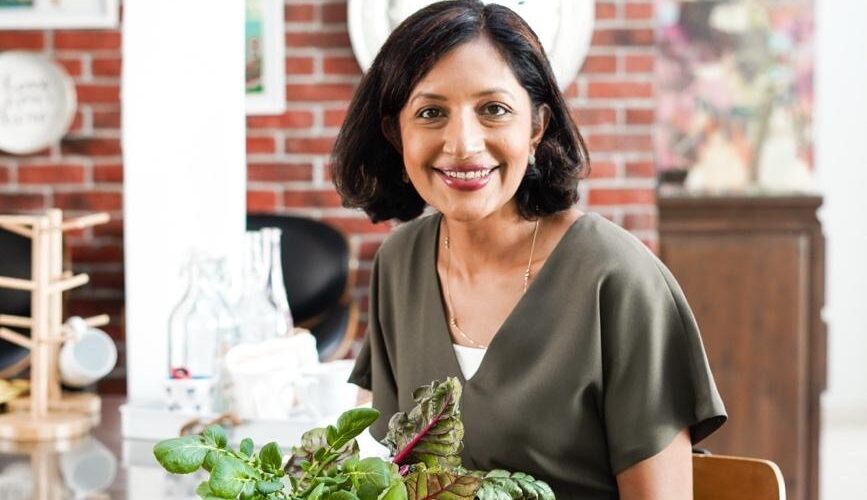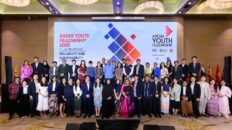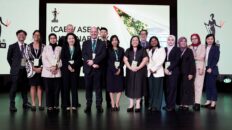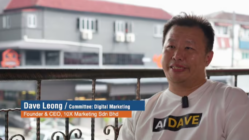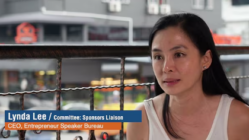From its roots in Malaysia to its bold expansion into Almaty, Kazakhstan, BoomGrow, named Forbes Asia 100 to Watch List 2023, has proven that sustainable food systems can be both commercially viable and socially impactful. At its core, the company is driven by a simple but profound question: how can we eat better?
In this conversation with MALAYSIA SME, Co-founder Dr Jay Desan reflects on the personal inspiration behind BoomGrow, the hurdles of turning a concept into reality, and how the company is shaping the future of food, wellness, and sustainability in the region.
What inspired you to commercialise BoomGrow in 2013, and how did the question “How can we eat better?” shape your direction?
My professional background in ESG advisory exposed me to just how broken the food system is, from the overuse of chemicals to exploitative supply chains and the devastating environmental toll of industrial agriculture. The birth of my first child intensified that question.
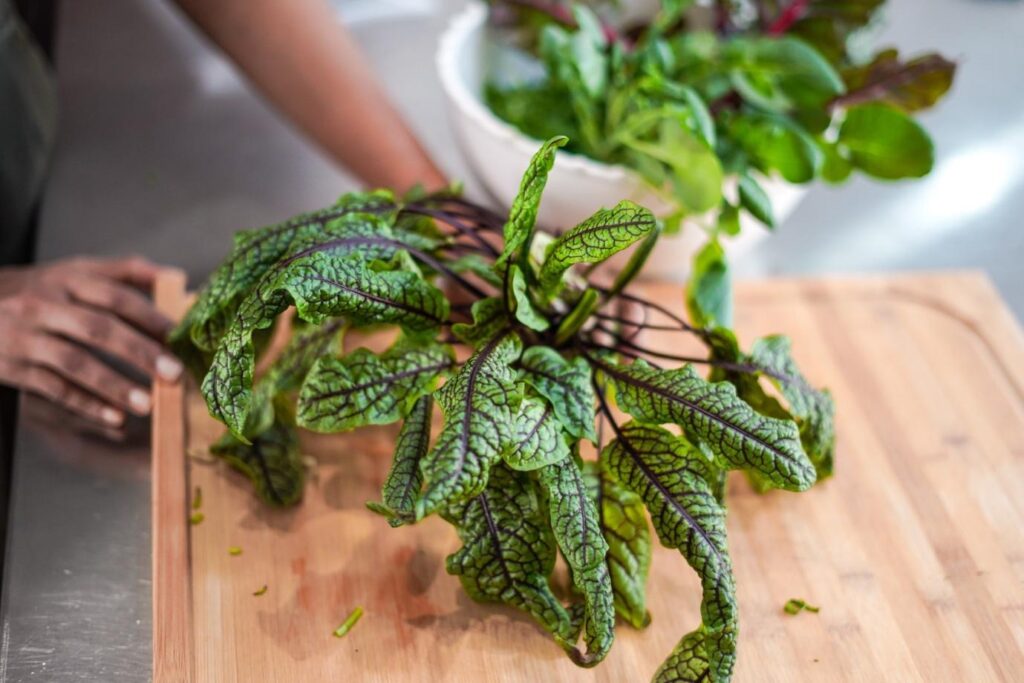
I started thinking not just about food quality, but about what kind of food system we were leaving for the next generation. The early questions we asked: Can food be grown without pesticides? Can it be done close to urban populations? Can we decouple food production from climate volatility? – became the pillars of what BoomGrow is today.
What were some of the biggest hurdles in turning your concept into a commercially viable solution?
The biggest hurdle was proving that something as technically complex and capital-intensive as precision farming could make financial sense, especially in a region like Southeast Asia, where cost sensitivity is high. Initially, we had to educate the market, secure talent from multiple disciplines, and develop our own hardware and software from scratch.
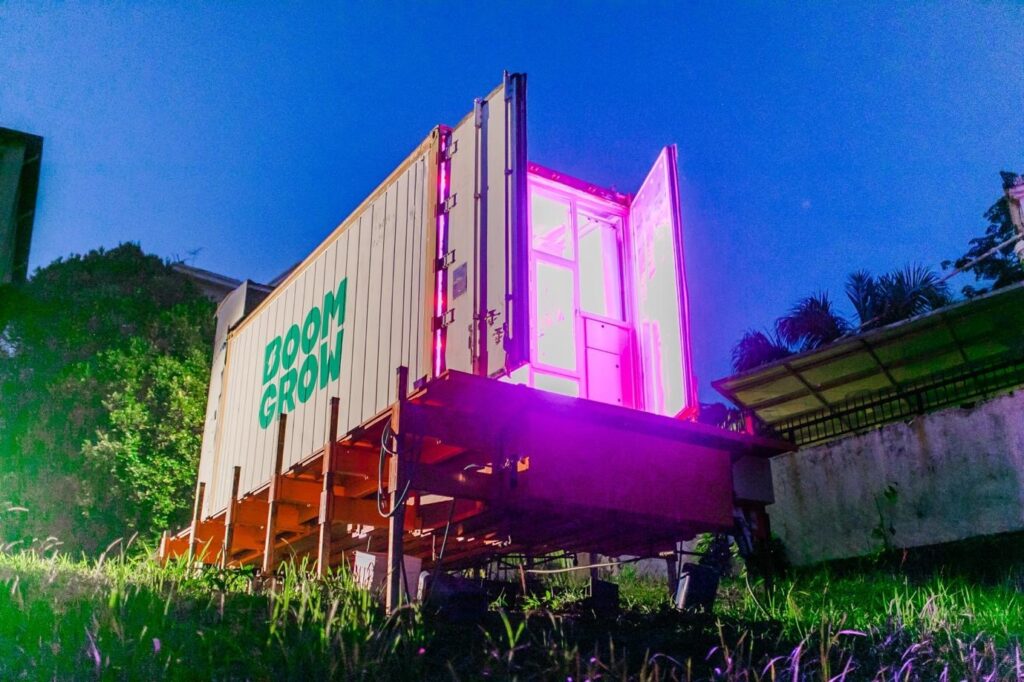
There were many moments when we were flying while building the plane. We went through multiple design iterations of our farms before landing on a scalable, modular model. But every failure pushed us closer to a more resilient system. Commercial viability came not from compromise, but from relentless refinement.
How do you bring together expertise from agronomy, R&D, IoT, and engineering to create the BoomGrow system?
It’s one of the most rewarding and challenging parts of what we do. At BoomGrow, we bring together plant scientists, engineers, software developers, operations specialists and an ambitious and hungry sales team. The key is shared purpose. Everyone on our team is aligned on why we exist: to produce better food and to do it in a way that is scalable, measurable, and sustainable. We create space for experimentation, but also accountability.
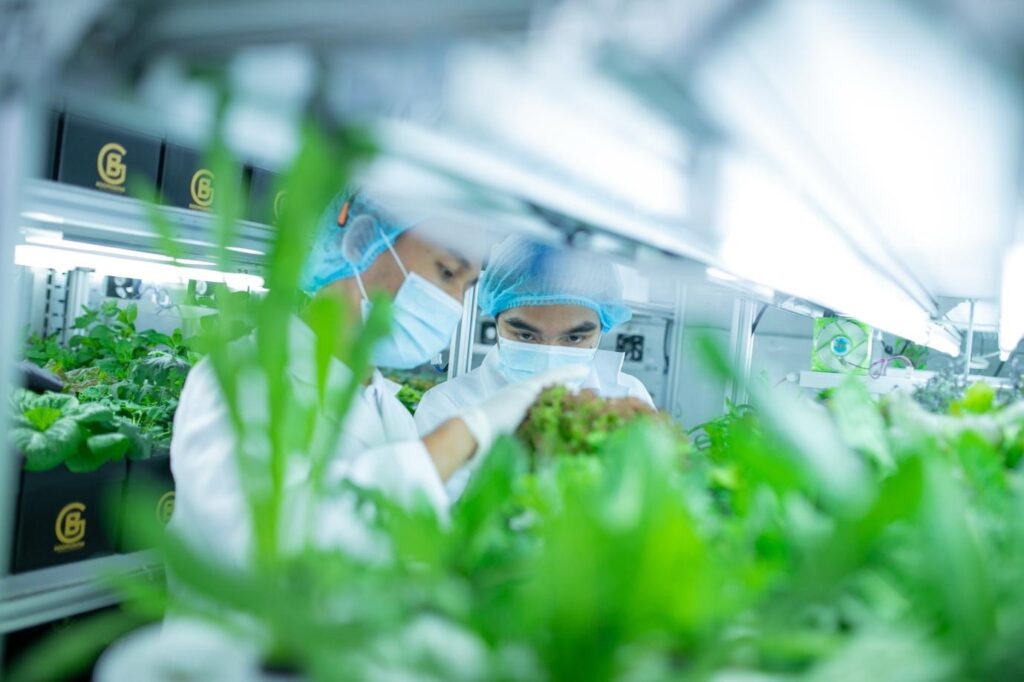
We’ve had software developers shadowing agronomists during crop cycles to understand growth patterns. Our sales team bring clients and potential partners to the farms to educate them on the process and benefits. Cross-training and a hunger to learn are part of the culture and our broader ecosystem.
We’ve built a central Farm OS that acts as a standard operating system for all our farms— integrating data from sensors, climate control systems, nutrient flows, and yield records into a single interface. That’s the glue that holds everything together.
Can you share what the expansion to Almaty, Kazakhstan represents for BoomGrow’s next chapter?
Almaty represents a bold step in our regional expansion, but also a validation of our modular model. It’s a city with extreme climates, logistical complexities, and rising demand for clean food. If we can succeed in Almaty, we can likely succeed almost anywhere. For us, it’s also another proof of concept for cross-border replication, particularly when you face language difficulties.
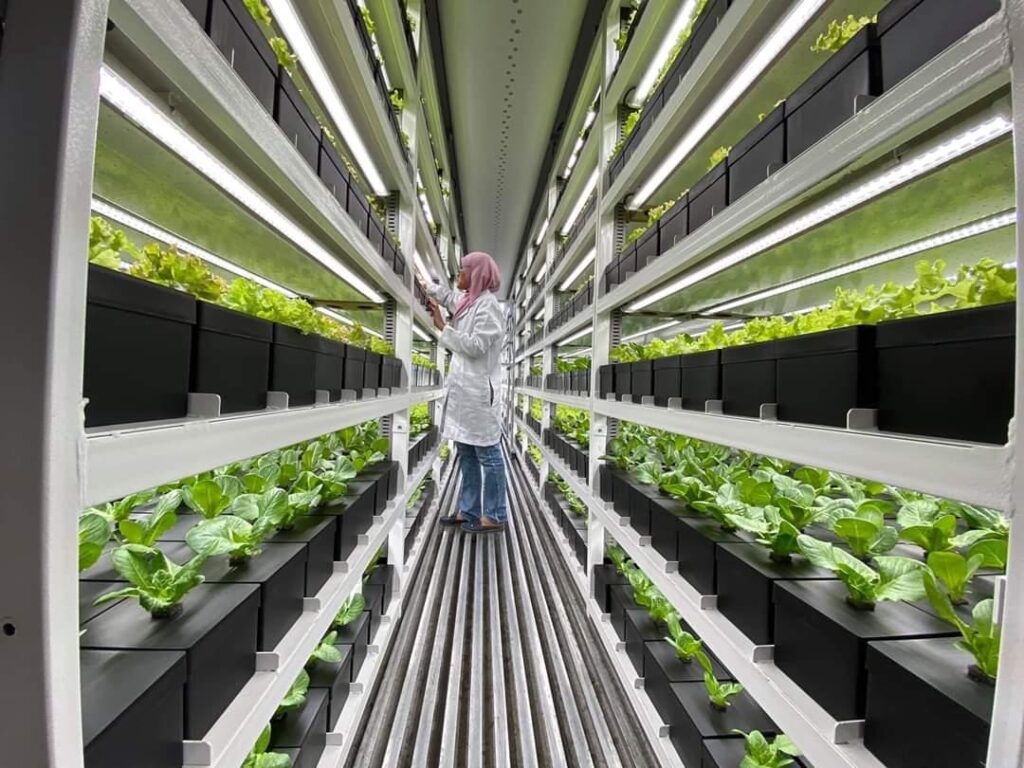
The Almaty site is built using the same chamber specs and centralised operating system we’ve deployed in Malaysia, with local adaptation for water, power, and sourcing. It’s also opened doors to conversations with urban developers and policymakers who are thinking about food as infrastructure.
What philosophy or personal values guide your leadership and decision-making as a founder?

I believe leadership is about holding tension between vision and reality, ambition and resource, speed and sustainability. I lead with a few core principles:
● Justice: Food is not just a commodity; it’s a right. We have to design systems that serve communities fairly.
● Simplicity: If a solution sounds complicated, it usually is. I push for clarity and elegance in design.
● Integrity: We grow food that I serve my own children. That’s the ultimate standard.
● Team Empowerment: My job is not to have all the answers, but to build the kind of environment where the best ideas rise to the top—regardless of title.
What are the long-term goals that continue to drive you and your team forward?
Our long-term goal is to make clean, sustainable food accessible to every city in Southeast Asia and beyond. We want to be the go-to model for decentralised, climate-resilient farming that complements, not replaces, traditional agriculture. There’s also a deeper mission: to reshape public awareness around food. Where it comes from. What it costs, both financially and environmentally. Who produces it?
We’re part of a movement that questions the status quo and proposes a better way. Operationally, our roadmap includes further automation, expansion into emerging markets, and establishing a brand that embodies transparency, nutrition, and freshness.
How do you see BoomGrow contributing to the future of food, wellness, and sustainability in the region? Southeast Asia is urbanising rapidly, and food systems need to catch up.
BoomGrow offers a model that’s local, clean, and data-optimised. By placing farms inside cities, we cut down transport miles, reduce water usage by over 95%, and eliminate pesticide exposure entirely. We see ourselves as part of the wellness ecosystem, not just agriculture.
Fresh and clean food is foundational to health, and our model brings it closer to the consumer, whether that’s in a hotel, a restaurant, a grocery aisle, or a hospital. We’re showing that technology doesn’t have to alienate us from nature; it can reconnect us to it.
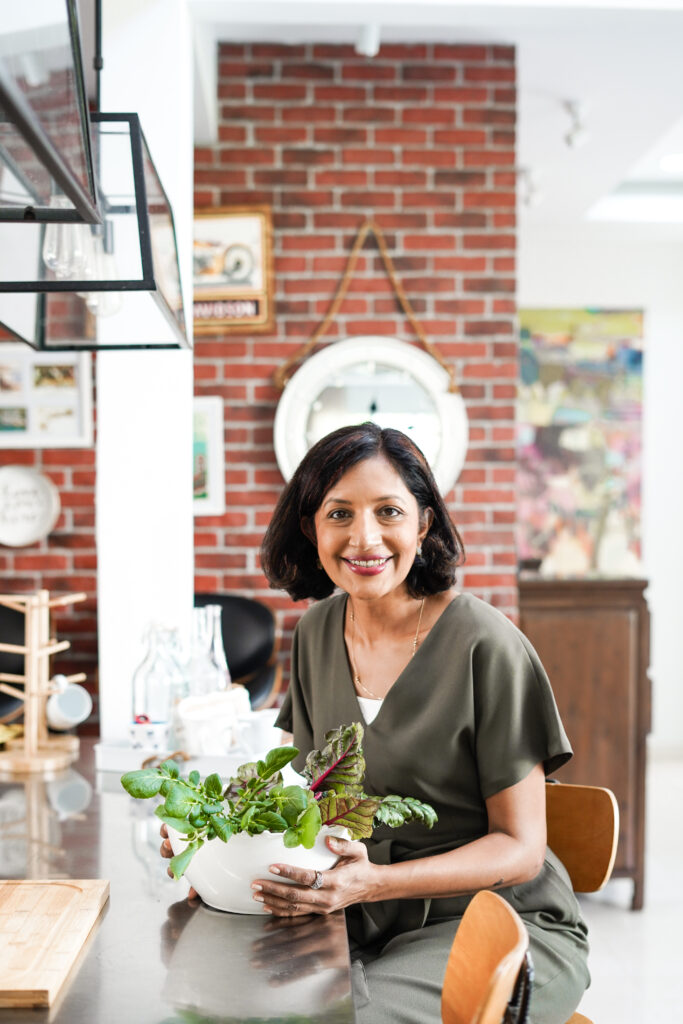
BoomGrow’s approach is about coexisting with traditional farming, while offering a more resilient option in the face of climate change and resource scarcity.
Dr Jay Desan



